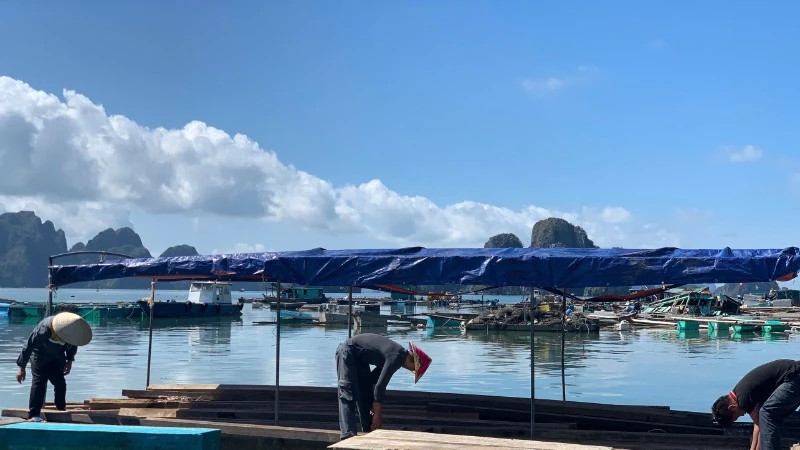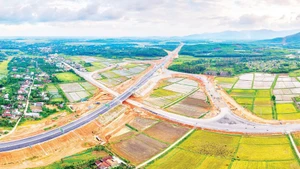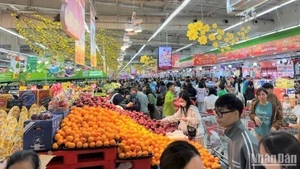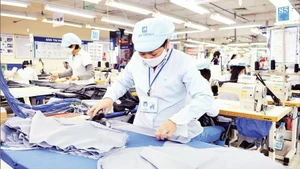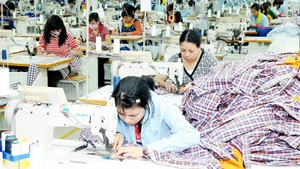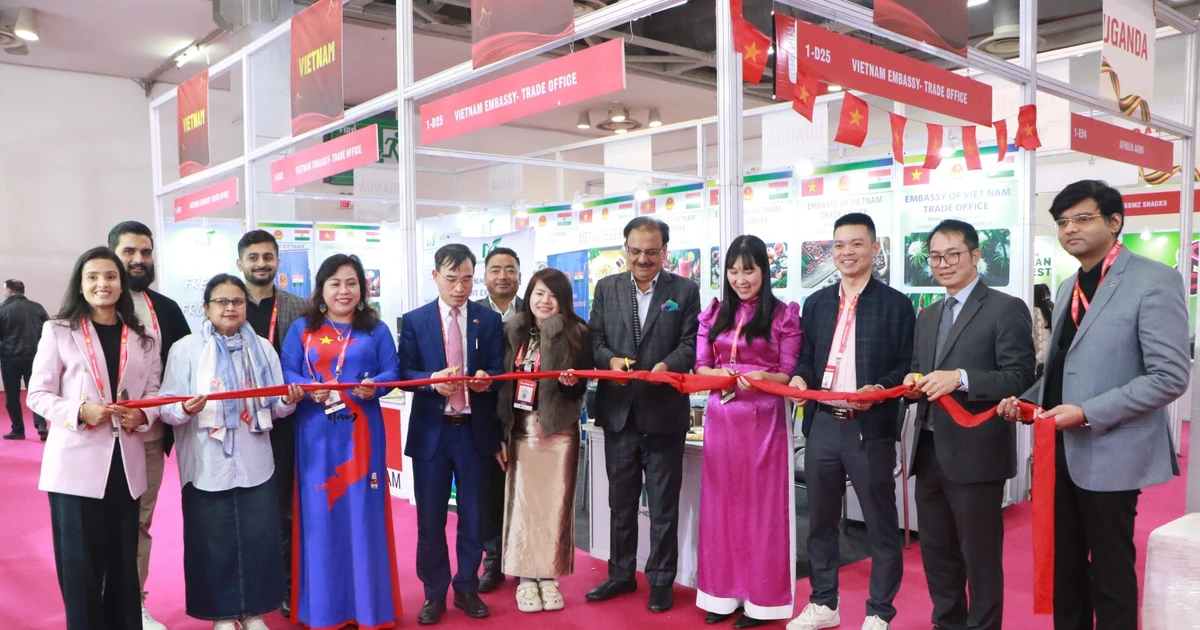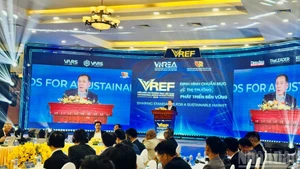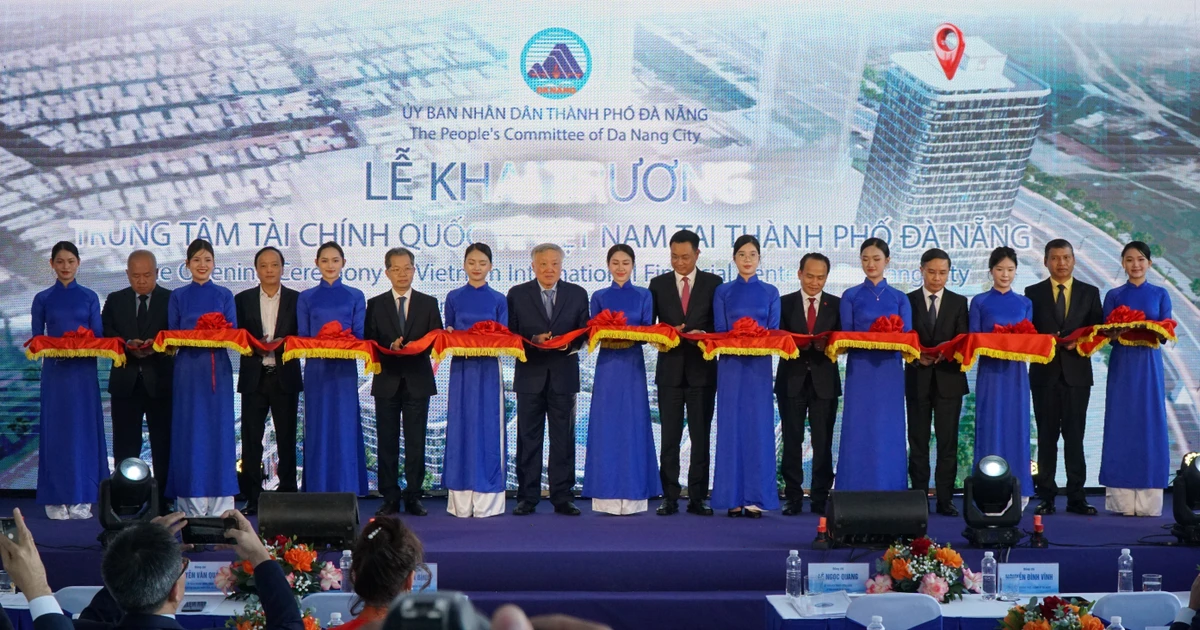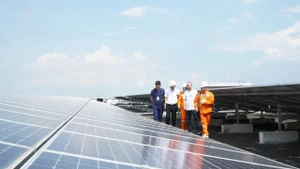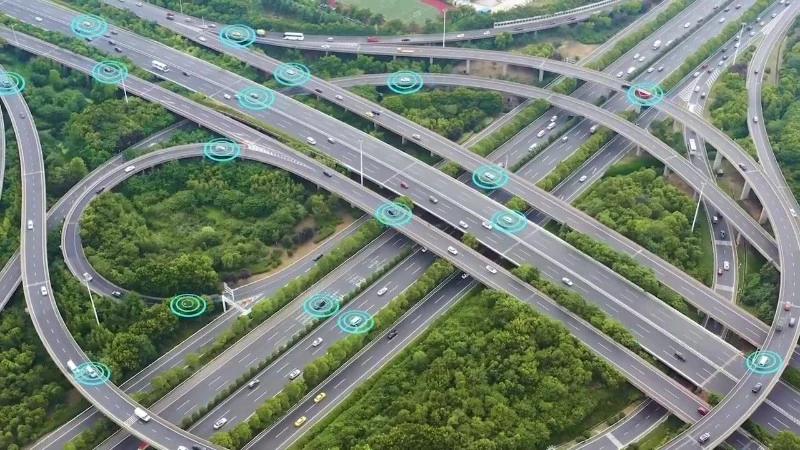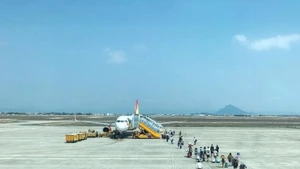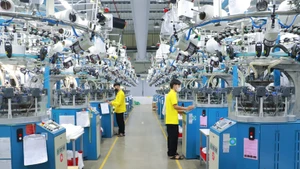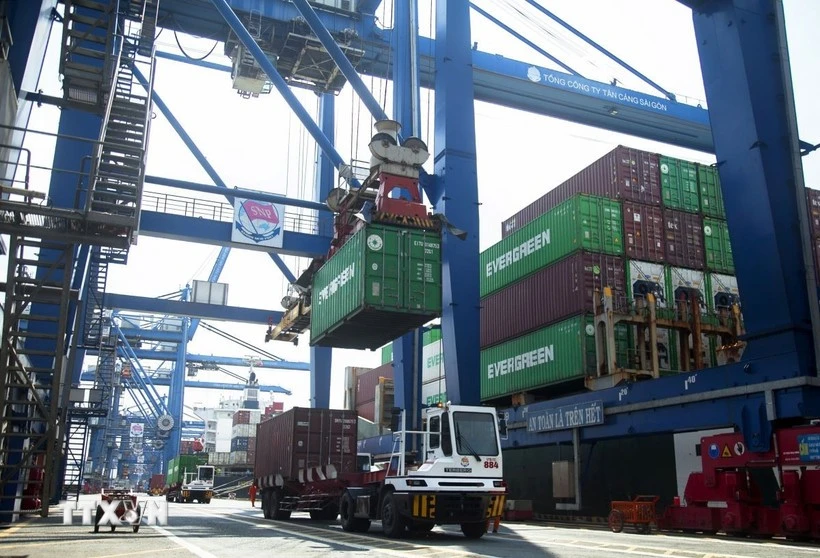Positive results
According to the report of the Department of Fisheries under the Ministry of Agriculture and Rural Development, currently, the country has 155 facilities producing mixed feed (35 facilities producing feed for brackish water shrimp, 120 facilities producing feed for fish and other subjects).
Total designed output is 11.967 million tonnes (2.063 million tonnes of shrimp feed, 3.5 million tonnes of pangasius feed, 6.404 million tonnes of feed for other aquatic products). Aquatic feed output in 2024 will be 5.39 million tonnes (1.4 million tonnes of shrimp, 2.02 million tonnes of pangasius feed, 1.97 million tonnes of other aquatic products).
The country has 868 certified production facilities (128 foreign-invested facilities and 740 domestic-invested production facilities), of which 75 new facilities will be granted in 2024. Currently, 750 facilities are maintaining operations (118 foreign-invested facilities and 632 domestic-invested production facilities); 118 facilities that do not maintain the conditions have had their Certificate of Eligible Facility revoked.
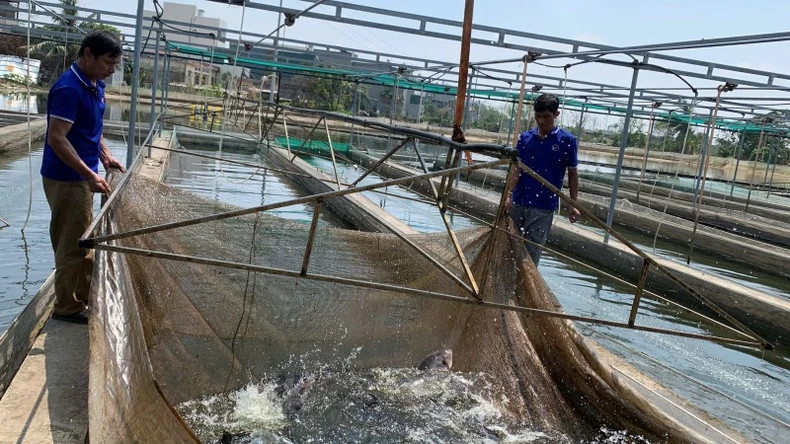 |
| The output of aquatic feed in 2024 is 5.39 million tonnes (1.4 million tonnes for shrimp, 2.02 million tonnes for pangasius, 1.97 million tonnes for other aquatic products). |
Regarding fishing vessel management activities, Vu Duyen Hai, Deputy Director of the Department of Fisheries affirmed that compared to more than 1 year ago when the European Commission’s inspection team came to Vietnam to work, the work of combating IUU fishing in many localities has had clear changes, especially in fleet management and handling of violations.
“Many localities have actively supported fishermen in completing procedures, documents, digital transformation, and integrating technology to trace the origin of exploited aquatic products. Currently, the Department of Fisheries has a plan on policies to support fishing vessels to change their profession and is submitting it to the Ministry of Agriculture and Rural Development for approval,” Hai shared.
Towards sustainable aquaculture development
In addition to these positive results, Hai also said that there are still some factors that prevent aquaculture production from developing comprehensively, such as climate change, extreme weather, increased environmental and disease outbreaks, and production infrastructure (water, electricity, and transportation) that do not meet requirements.
In addition, the quality control of input materials is not comprehensive; poor quality feed, not in accordance with regulations, is still circulating on the market. In addition, the management and enforcement of laws on endangered, rare aquatic species and cold-water fish still face many difficulties. Technology for raising cold-water fish and exploiting water resources is still limited.
In the field of aquaculture, Ngo The Anh, Head of the Aquaculture Department under the Department of Fisheries also pointed out a number of difficulties that this field is facing, in which the emerging issues are environmental monitoring.
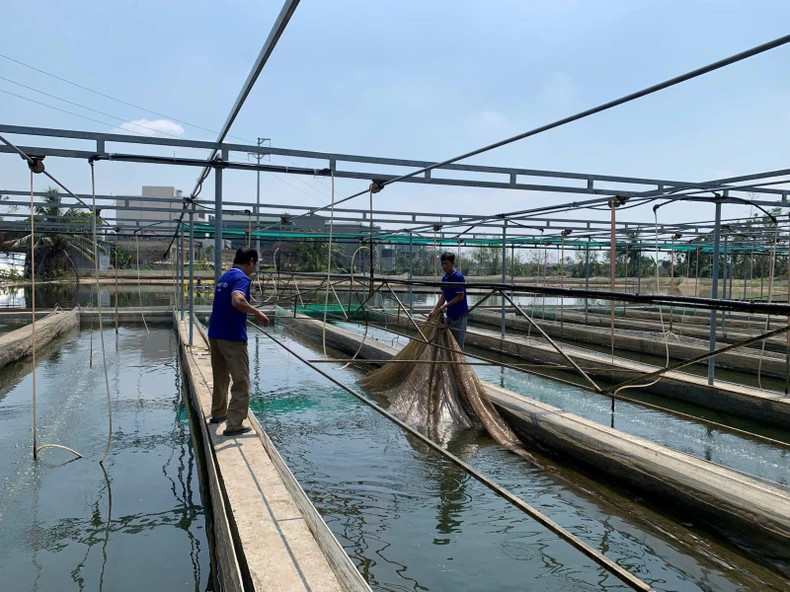 |
| The goal in 2025 is to strive to reach 1.3 million hectares of aquaculture area, remaining stable compared to 2024. |
According to The Anh, the quality of the water source for brackish water shrimp, pangasius, lobster, and mollusc farming is polluted, affecting the growth and development of farmed aquatic products, potentially causing disease. In addition, the management and law enforcement of endangered, rare aquatic species and cold-water fish still face many difficulties. Technology for raising these species has not yet been innovated...
However, the Head of the Aquaculture Department said that the goal in 2025 is to strive for 1.3 million hectares of aquaculture area, remaining stable compared to 2024. Of which, the freshwater aquaculture area is 380,000 hectares, the brackish water aquaculture area is 920,000 hectares and the marine aquaculture area is 9.5 million m³.
The aquaculture output will reach 5.96 million tonnes, an increase of 5% compared to 2024; of which the output of pangasius is 1.65 million tonnes, brackish water shrimp is 1.3 million tonnes.
Commenting on the opportunities and challenges of the fisheries sector in 2025, Director of the Department of Fisheries Tran Dinh Luan said that the difficulties and challenges that the sector had to face in 2024 and will continue to face in 2025.
According to the Director of the Department of Fisheries, a number of issues need to be raised and resolved immediately, such as the management of breeds for aquaculture; whether food produced in factories in the plains and then transported to mountainous areas and other regions has any problems with quality or price...; the story of granting codes for farming areas; difficulties in law enforcement; focusing on food safety; especially paying attention to the farming environment...
“The agricultural sector is restoring soil nutrients; aquaculture has also begun to think about restoring the farming environment, if the environment is degraded, it cannot be farmed,” Luan emphasised.
In addition, the Director of the Department of Fisheries is also concerned about the story of diversifying farming objects. “Why not potential farming products such as tilapia, eel, cold water fish. Each locality will have its own way of doing things and the ultimate goal is how to make people benefit, not have to leave their homeland. Currently, in localities, there are some good and effective aquaculture development models, but to expand, we need the cooperation of local leaders as well as the community to build coastal villages that truly become livable places,” Director Tran Dinh Luan emphasised.
